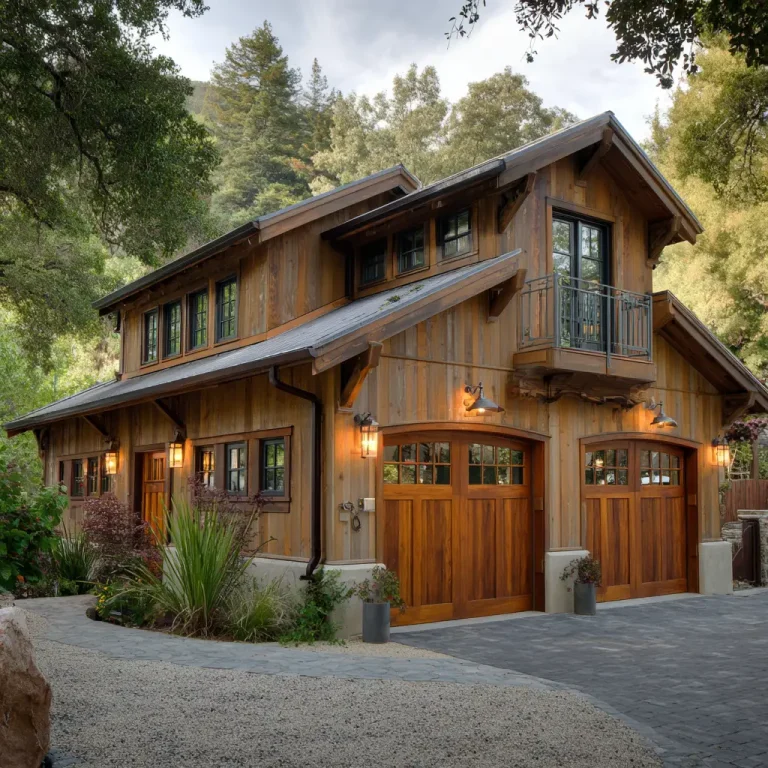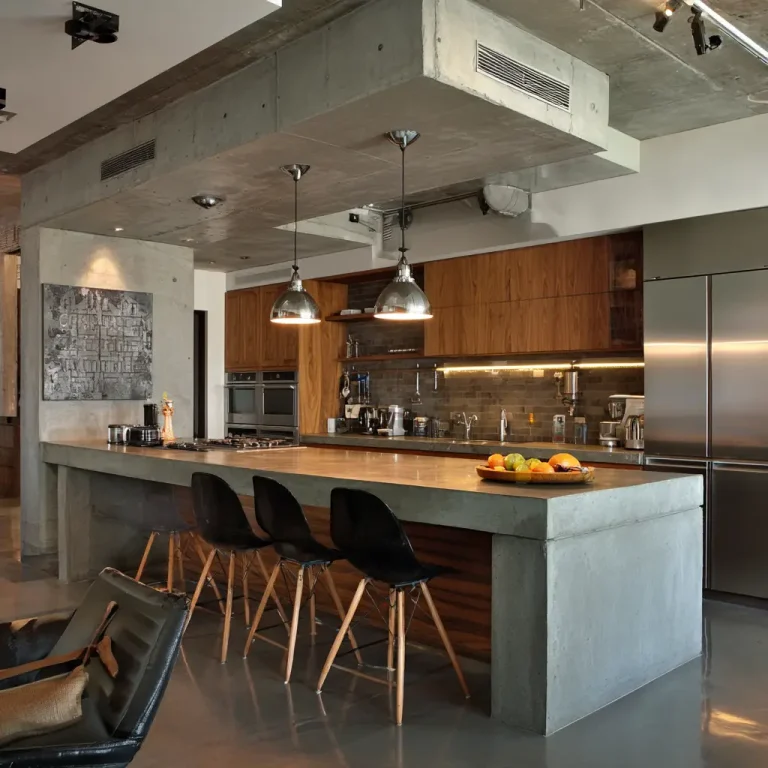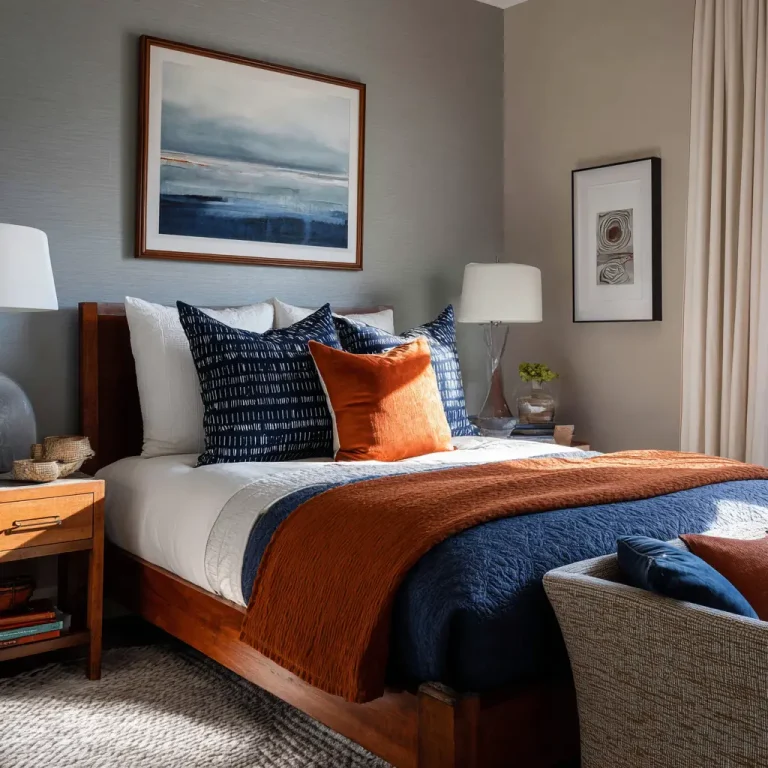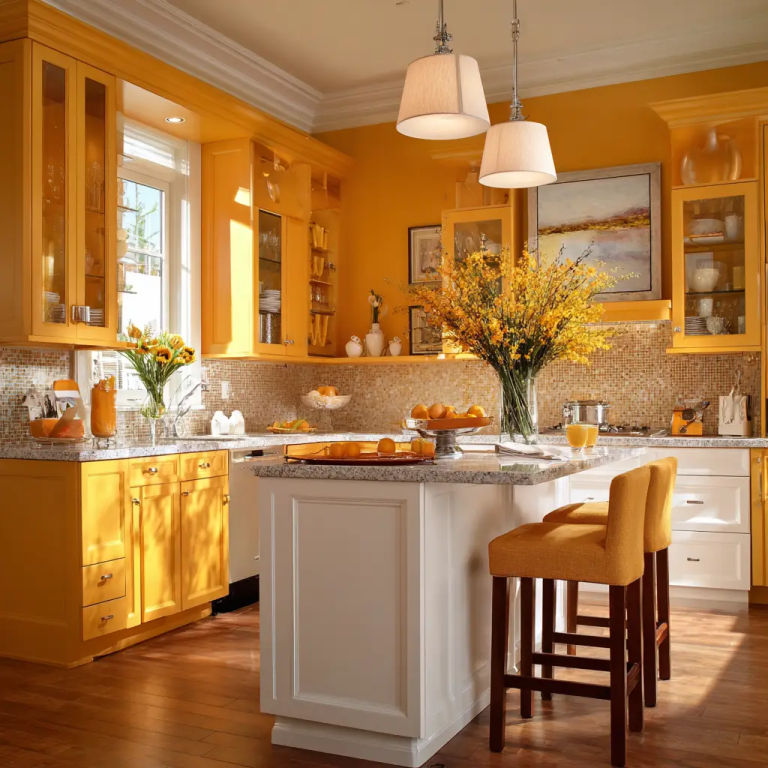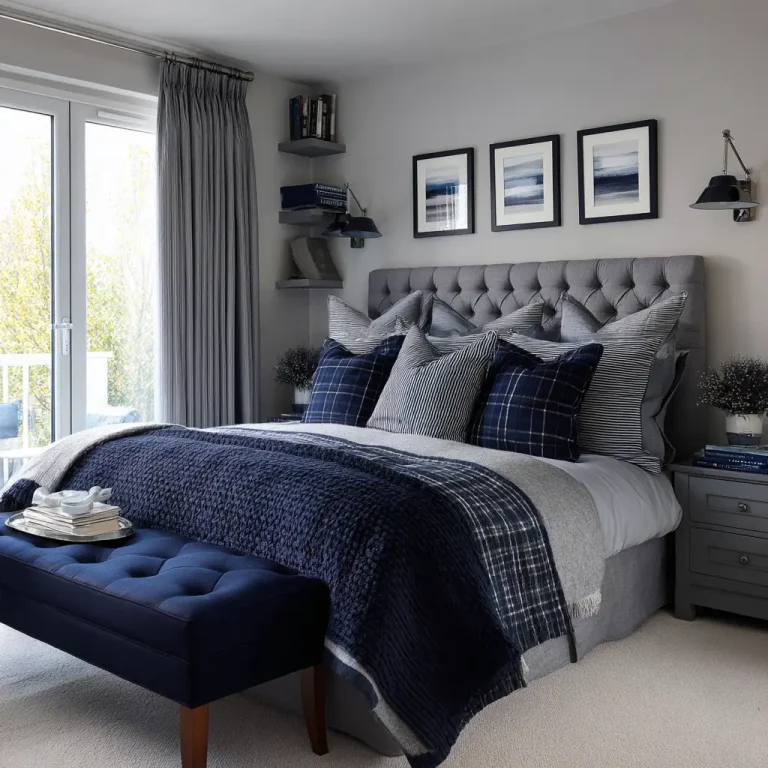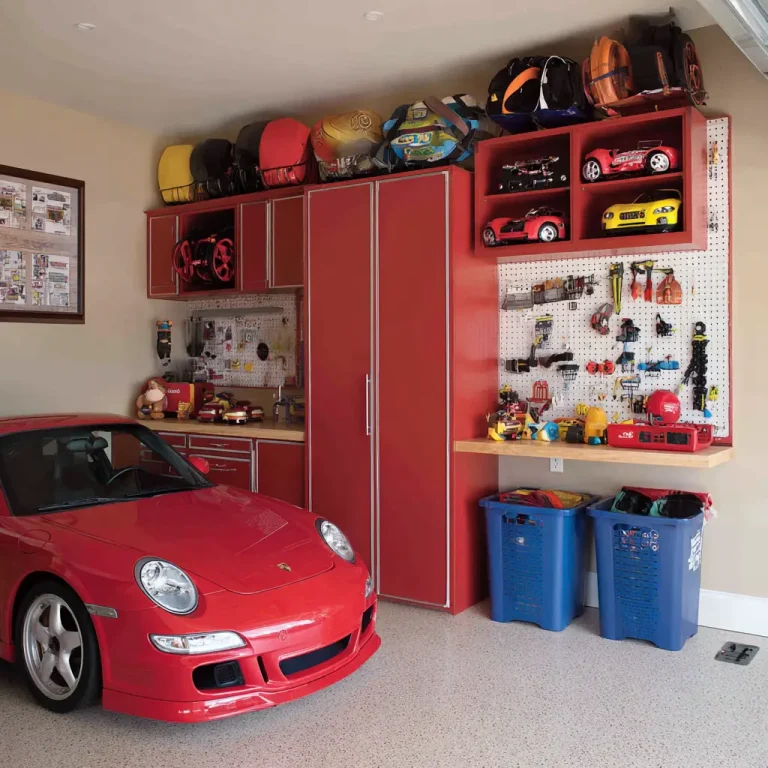22 Room Decor Ideas for Small Rooms
aesthetics, you can transform even the tiniest room into a comfortable and stylish haven. Whether you’re living in a small apartment, decorating a compact bedroom, or trying to optimize a home office, these ideas will help you enhance your space without compromising on personality or comfort.

1. Use Light and Neutral Colors
Walls painted in light shades such as white, cream, pale gray, or soft pastels reflect natural and artificial light more effectively than darker hues. This reflection creates the illusion of more space and helps the room feel airy and open. Try painting the ceiling the same or a slightly lighter color than the walls to blur the edges of the room, which can make it appear larger. Adding light-colored furniture and textiles like curtains, rugs, and bedding can also enhance this bright and spacious effect.

2. Mirrors Make a Difference
Mirrors are one of the easiest and most impactful ways to visually enlarge a space. A large wall mirror or a group of smaller mirrors can make the room feel deeper and brighter by bouncing light around the room. Position a mirror across from a window to maximize the natural light, or hang one behind a piece of furniture to open up the space behind it. Mirrored furniture or accessories like trays and lamp bases can also subtly contribute to a more expansive feel.

3. Choose Multi-Functional Furniture
In small rooms, every piece of furniture should earn its place. Opt for pieces that serve more than one purpose. For example, a storage ottoman can act as a coffee table, extra seating, and a hidden spot for blankets or books. A daybed can function as both a couch and a guest bed. Desks that fold down from the wall or beds with built-in drawers help minimize clutter and eliminate the need for additional bulky items. Investing in multi-functional furniture is a practical way to save space while keeping your room organized.

4. Keep It Vertical
Small rooms often lack floor space, but you can compensate by thinking vertically. Tall bookcases, vertical wall art, and hanging storage solutions draw the eye upward, creating the illusion of higher ceilings and a more open environment. Floating shelves can be used to display decor, store books, or keep everyday items within reach without taking up floor space. Pegboards or wall-mounted hooks are great for organizing accessories, bags, or tools in a stylish, accessible way.

5. Go Minimal with Decor
In small rooms, too much decor can quickly make the space feel cramped and chaotic. Adopting a minimalist approach helps maintain a sense of calm and openness. Focus on a few key items that bring you joy or serve a purpose. Stick to a cohesive color palette to avoid visual clutter, and leave some areas intentionally blank to give the eyes a place to rest. A single statement artwork, a curated shelf, or a few plants can bring life and character without overwhelming the room.

6. Embrace Natural Light
Natural light is one of the best tools for making a small room feel larger. Avoid heavy drapes or dark blinds that block sunlight. Instead, opt for sheer curtains or light-filtering shades that allow light to pass through while offering privacy. Rearrange furniture to ensure windows aren’t blocked by large pieces like wardrobes or headboards. Clean windows regularly and consider placing reflective surfaces nearby to enhance the light even more. The goal is to let the room breathe and feel as open as possible.

7. Try a statement piece room
Instead of scattering small decorative items throughout the room, choose one bold piece that sets the tone and serves as a focal point. This could be a dramatic pendant light, a large piece of artwork, a unique headboard, or a striking rug. A statement piece adds personality and interest without making the room feel busy. It also draws attention away from the room’s size, allowing people to focus on your style and creativity instead.

8. Foldable and Stackable Options
Flexibility is your best friend in a small room. Foldable furniture can be tucked away when not in use, freeing up space for movement or other activities. For example, a fold-down desk or wall-mounted dining table can create workspace when needed and disappear when not. Stackable chairs and nesting tables are perfect for hosting guests without sacrificing everyday comfort. These solutions allow you to adapt your room’s layout to your changing needs while keeping it tidy and functional.

9. Use Rugs to Define Spaces
Rugs can do more than just keep your feet warm—they can visually organize a small room by defining distinct zones. For example, a soft rug can create a cozy reading corner, while a patterned mat can designate an entryway or dining area. In shared or multi-purpose spaces like studio apartments, rugs help separate functions without the need for partitions or screens. Choose rugs that complement your color scheme and scale them appropriately so they enhance rather than overwhelm the space.
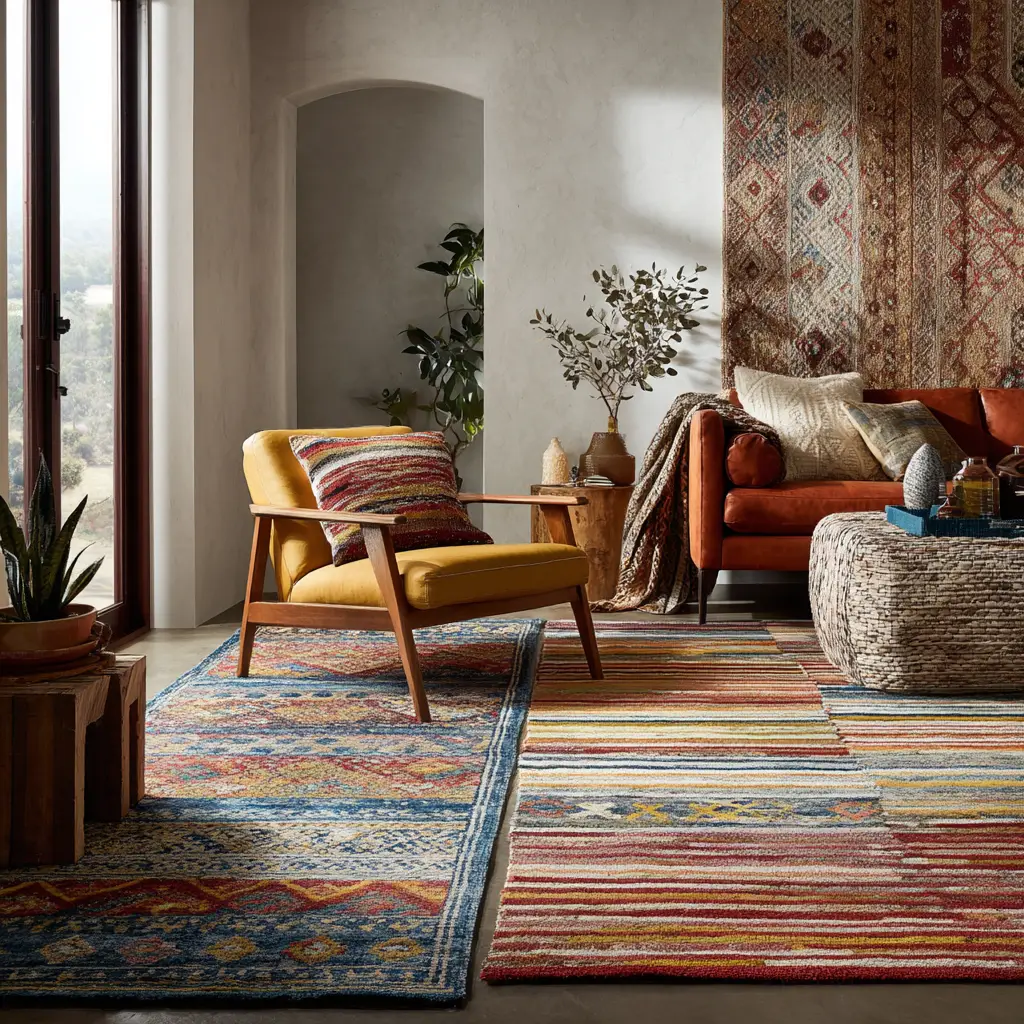
10. Keep Storage Stylish
Storage is essential in a small room, but it doesn’t have to be hidden or purely functional. Choose storage pieces that match your style, like woven baskets, vintage trunks, or fabric bins that add texture and charm. Open shelving can be beautiful when styled thoughtfully—mix functional items like books and boxes with decorative accents such as candles, plants, and framed photos. Try to keep storage consistent in color and style to maintain a clean, cohesive look throughout the room.
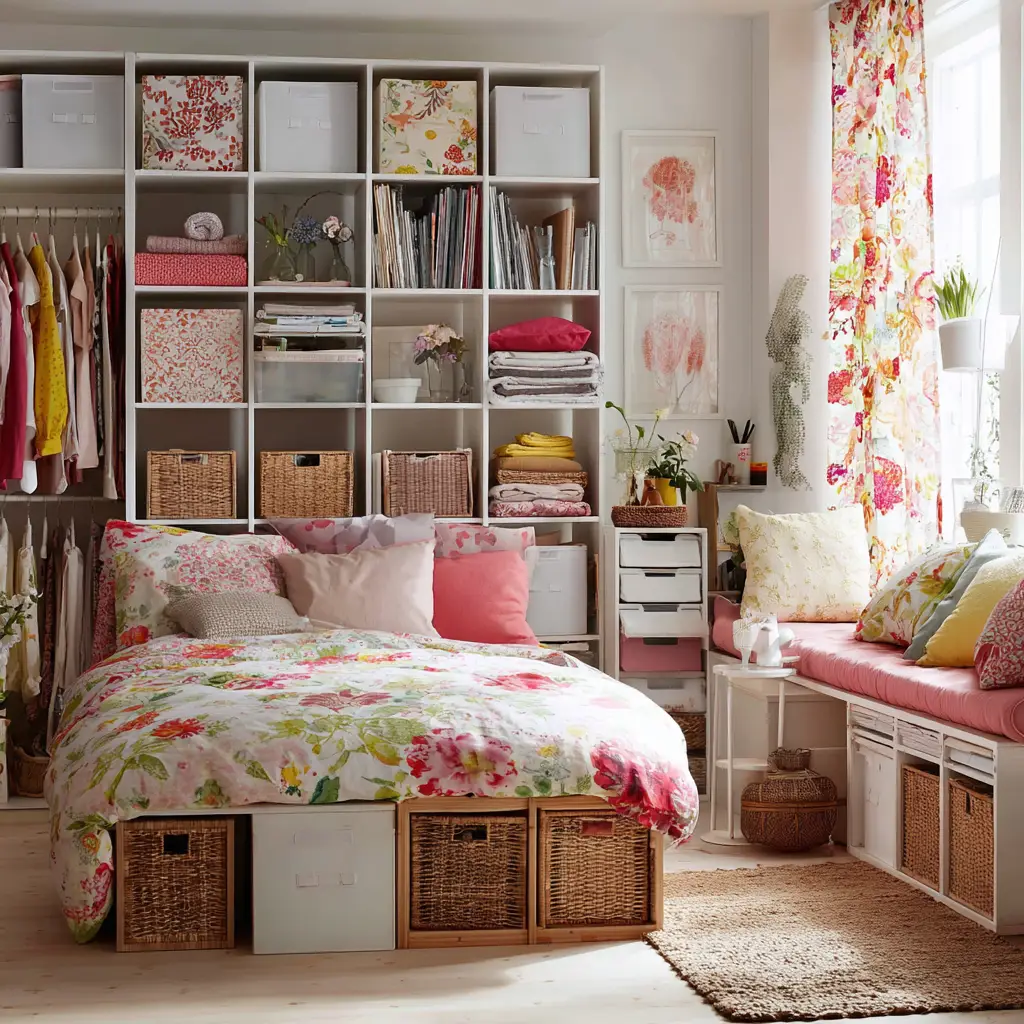
FAQs
How can I make a small room look bigger without renovating?
Focus on visual tricks: use light colors, strategically placed mirrors, and keep furniture to scale. Minimize clutter, allow natural light to shine through, and use vertical space for storage to create a sense of openness without changing the room structurally.
What color is best for small rooms?
Soft, light colors like white, cream, light gray, soft blue, and pastels help a small room feel more open and bright. These hues reflect light well and create a calming atmosphere, making the space feel larger and less confined.
Is it okay to use dark colors in small rooms?
Yes, but use them sparingly. Dark colors can add depth and drama when used as accent walls or in small doses, such as on furniture or accessories. The key is to balance them with lighter tones so the room doesn’t feel closed in.
What’s the best type of furniture for a small room?
Look for pieces that offer multiple functions, such as beds with storage drawers, wall-mounted desks, or expandable tables. Choose furniture that is appropriately scaled to your room—oversized sofas or bulky cabinets can overpower a small space.
How do I avoid clutter in a small room?
Be intentional with what you bring into the space. Use hidden storage solutions, regularly edit your belongings, and establish designated places for everyday items. Keeping surfaces clear and organizing vertically can help the room feel tidy and spacious.
Conclusion
Decorating a small room isn’t about making sacrifices—it’s about making smart choices. With thoughtful planning and a little creativity, you can design a space that feels open, stylish, and uniquely yours. Whether it’s by using light colors, incorporating dual-purpose furniture, or finding clever storage solutions, each small adjustment can have a big impact. Remember, a well-decorated small room isn’t defined by its size but by how well it serves your needs and reflects your personality.
